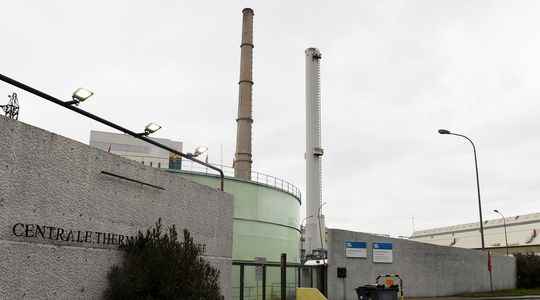The war in Ukraine never stop making waves. As the Intergovernmental Panel on Climate Change (IPCC) prepares to publish the third part of its latest report on Monday, several scientists are concerned because in the future, European governments could turn massively towards the “BECCS” in order to reduce their energy dependence vis-à-vis Russia.
BECCS? These are the “bioenergy with carbon capture and storage” solutions. Very concretely, this involves using plant biomass – mainly wood – to produce electricity, heat, or hydrogen, while capturing CO2 emitted before storing it in the ground. On paper, the technique is unstoppable. Coupled with the planting of new trees, it can generate a negative carbon balance over time. BECCS also appear in several IPCC simulations, sometimes with significant weight.
But this presence creates an ambiguity because the report of the wise men on the climate is not intended to promote one solution rather than another. “Techniques aimed at removing carbon dioxide from the atmosphere enter models to bridge the gap between ever-increasing energy demand and supply, which must follow while remaining as green as possible, explains Daniel Quiggin physicist and researcher at the British think tank Chatham House The IPCC does not say we have to comply, on the contrary, scientists believe that we must reduce our emissions as a priority.
A matter of size
Of course, since this effort is slow in coming, we will probably have to go through some form of CO2 capture and storage. But in a proportion that remains to be determined. “On a small scale, BECCS do not pose any particular problem. On the other hand, used massively, they risk generating negative effects, or even worsening the situation from a climatic point of view”, explains Daniel Quiggin.
First pitfall, they lead to more greenhouse gas emissions than we think. “In projects involving biomass, the carbon balances do not include all of the different stages (wood harvesting, transport, refining, capture and storage), underlines a recent report by the NGO Fern. But that changes everything. In the north of England, the energy company Drax operates an old coal-fired power station that now runs on wood pellets. “The whole world is watching this pioneering installation. Unfortunately, it is one of the largest emitters in the country due to an insufficient CO2 storage system. Besides, how to measure the general impact of such a project? It works thanks to large imports of wood from the United States or Canada, denounces Philip MacDonald, analyst and chief operating officer of the think tank Ember.
BECCS raise other issues. For their impact on the climate to be maximal, they should be accompanied by new tree plantations. For the moment, the fuel used comes mainly from natural forests, not from intentionally reforested areas. “However, monocultures specifically intended for biomass power plants consume water and use a lot of surface area. They also damage biodiversity. Despite everything, we are witnessing a rise in these practices, worries Peg Putt, former MP of the Australian Greens Party and Coordinator of a global task force on forests, climate and biomass energy.
The risk if we continue in this trend is to see our forests amputated while new plantations are slow to become effective carbon sinks. Last spring, more than 500 scientists and economists sent a letter to the leaders of the United States, the European Union, Japan, South Korea and the United Kingdom, urging them to stop harvesting and burning forests with the aim of producing energy through converted power plants. But tensions between Russia and the West reduce the chances that this call will be heard.
